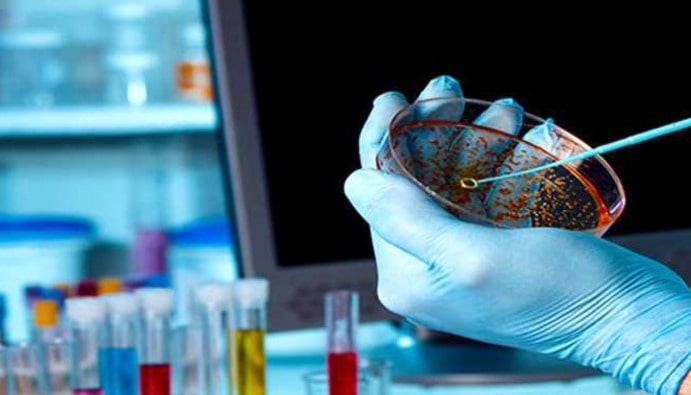
BLOG
KATEGORİDEKİ DİĞER YAZILAR

Coliform bacteria are a group of bacteria found in the environment, especially in soil, water sources, plants and animal feces. Coliforms can be divided into two main types:
The presence of coliforms can pose serious risks to the microbiological safety of food products and water. Therefore, coliform bacteria counting is a critical test for food and drinking water safety.
ISO 4832 is a test method that specifies the enumeration of coliform bacteria in food and water samples. This standard determines the number of coliforms using a colony counting technique. The aim of ISO 4832 is to detect and count these bacteria quickly and reliably. The colony counting technique involves inoculating samples on media and counting the colonies that develop after incubation.
TheISO 4832 standard has a wide range of uses, especially in the fields of food production, water treatment plants and food safety. Coliform bacteria counting is widely used to ensure the safety of food and drinking water products. Here are some areas of use:
Nanolab Laboratories Group continues to provide services within the scope of Coliform Bacteria Counting. We also provide services for Listeria monocytogenes Detection.
Contact us for more information.
You can follow us on LinkedIn for up-to-date news and posts about our services.
Follow our Instagram account to be informed about our latest blog posts.